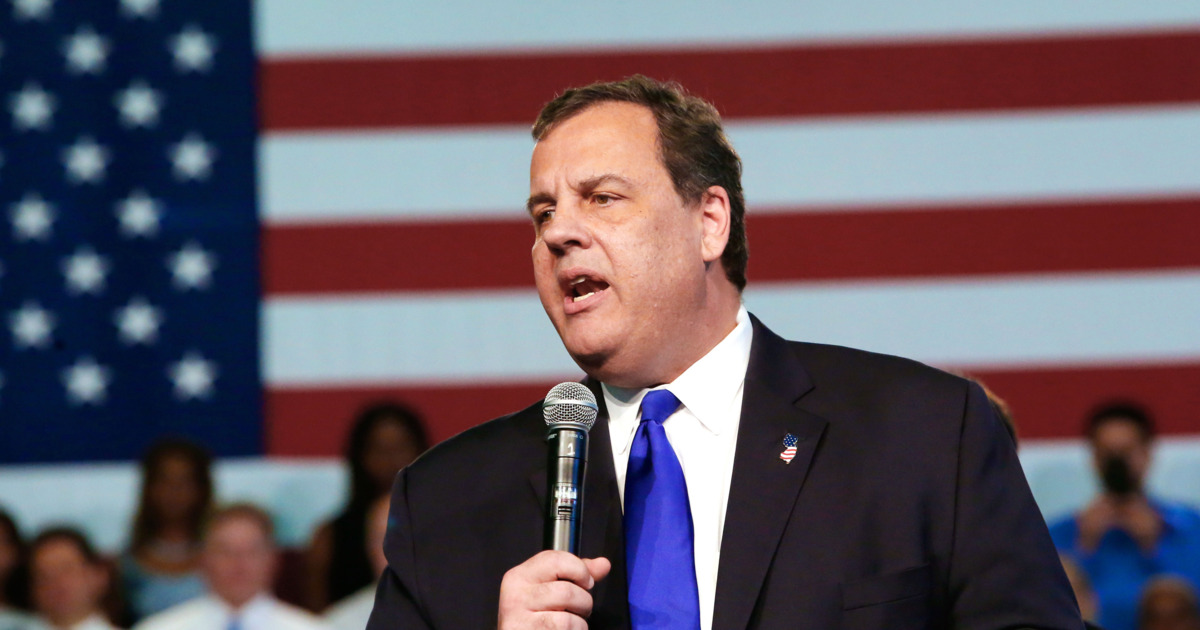The Food and Drug Administration (FDA) has become nothing more than a rubber stamp at this point. So far in 2015, the FDA has approved 96 percent of drugs that have been proposed to it.
Research commissioned by Forbes from BioMedTracker looked at drug approval rates since 2008. They found:
As recently as 2008, companies filing applications to sell never-before-marketed drugs, which are referred to the FDA as “new molecular entities,” faced rejection 66% of the time. Yet so far this year the FDA has rejected only three uses for new chemical entities, and approved 25, an approval rate of 89%
Vox sorted the data in a different fashion and found the approval rating to be closer to 100 percent.
When you look at the data in the way the FDA does (instead of the BioMedTracker methodology) the approval rate is actually more like 96 percent. That’s close to 100 percent, which means the agency is pretty much accepting all the new drugs seeking its rubber stamp.
The FDA is approving, at an alarming rate, drugs with little efficacy advantage over existing treatments that carry with them, at times, horrifying side effects.
For more on this, read the article from Vox titled: “New data challenges whether the FDA is still the world’s toughest regulator.“




